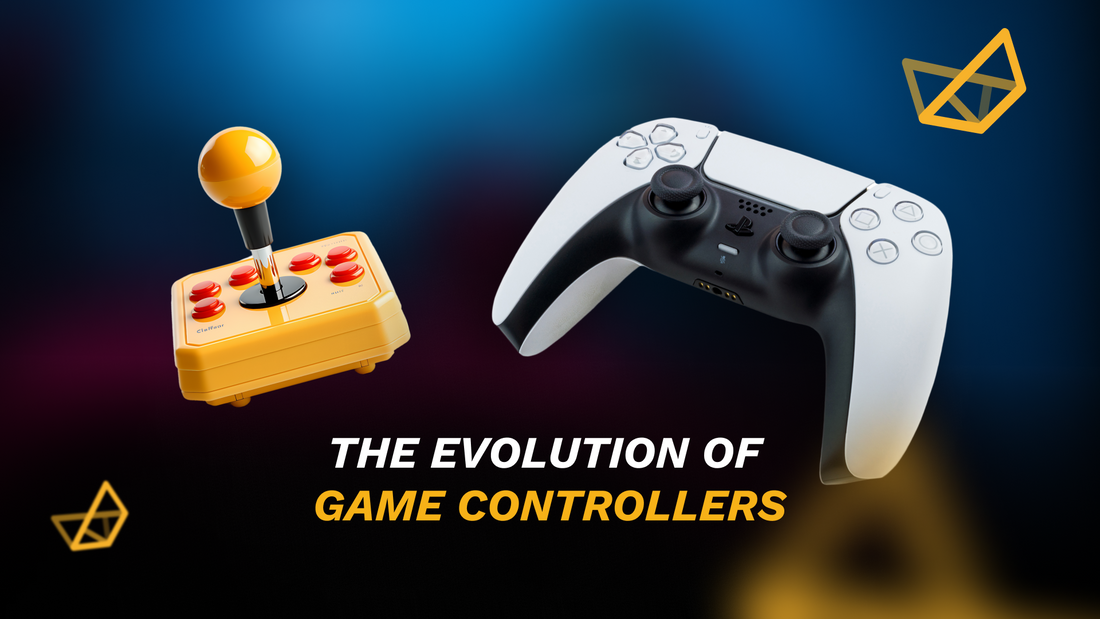The Humble Beginnings
The story of game controllers begins in the early 1970s with simple joysticks and button combinations used in arcade machines. The Atari 2600, launched in 1977, introduced the first widely recognized home video game controller, which featured a single joystick and one button. This simple design was revolutionary, allowing players to control in-game actions directly from their couches.
The Era of Directional Pads
As video games became more complex, so did their controllers. The introduction of the Nintendo Entertainment System (NES) in the mid-1980s marked a significant evolution with the debut of the D-pad (directional pad), which replaced the joystick with four directional buttons. This allowed for more precise movements and started a new era in controller design.
The Rise of Analog Sticks and Shoulder Buttons
The 1990s saw further innovation with the introduction of the Sony PlayStation and the Nintendo 64. Both systems introduced features that have since become standard in game controllers. The PlayStation controller included shoulder buttons and later introduced dual analog sticks with the DualShock controller, enhancing 3D navigation and gameplay dynamics. Meanwhile, the Nintendo 64 controller added a trigger button and an analog stick, offering new ways tointeract with games.

Wireless Technology and Motion Sensing
The early 2000s brought wireless technology to game controllers, starting with the WaveBird controller for the Nintendo GameCube. This innovation eliminated the physical tether to the console, providing gamers with newfound freedom. Soon after, motion-sensing capabilities were introduced, with the Nintendo Wii Remote leading the charge. This allowed players to control games through physical movements, opening up video gaming to a broader audience, including non-traditional gamers.
Modern Controllers: Haptics and Adaptive Triggers
Today's controllers are more sophisticated than ever. Modern advancements include haptic feedback, adaptive triggers, and even touchscreens. The PlayStation 5's DualSense controller, for example, uses haptic feedback to deliver realistic tactile sensations, while its adaptive triggers offer varying levels of resistance to simulate real-world actions more authentically.
The Impact on Gaming
These technological advancements in controllers have transformed how we play and interact with games. They have made gameplay more intuitive, immersive, and accessible, catering to a wider range of players and preferences. As controllers continue to evolve, they promise to bring even more innovative changes to the gaming landscape.TL;DR
- Game controllers have evolved from simple joysticks to complex devices with multiple buttons, analog sticks, and advanced features like haptic feedback and adaptive triggers.- Each innovation in controller technology has enhanced the gaming experience by making it more immersive, intuitive, and accessible.
- The evolution of game controllers reflects broader technological advances and has significantly influenced interactive entertainment.
As we look to the future, the evolution of game controllers will undoubtedly continue to play a pivotal role in defining the next generation of gaming experiences, promising even greater immersion and interactivity.

